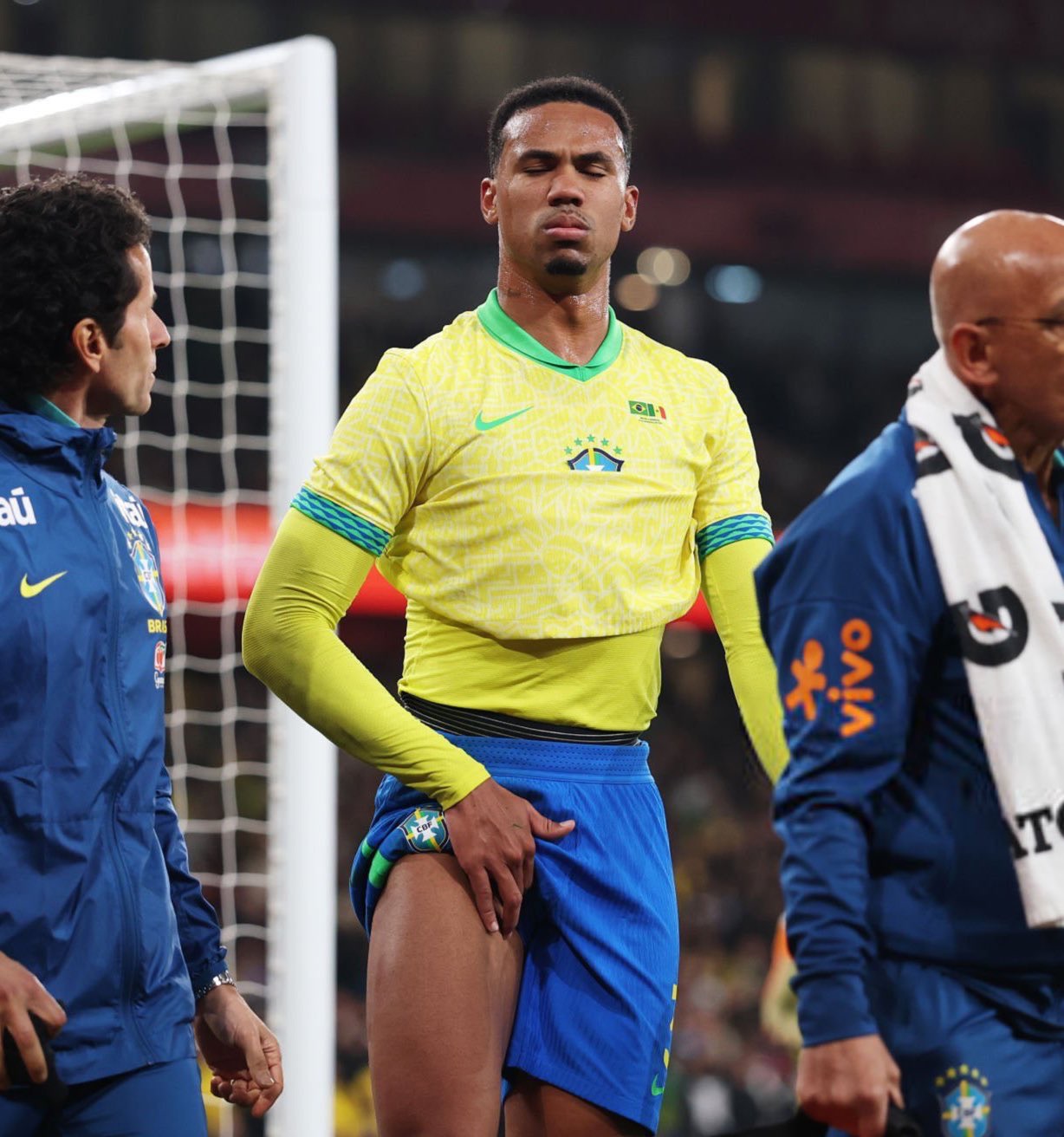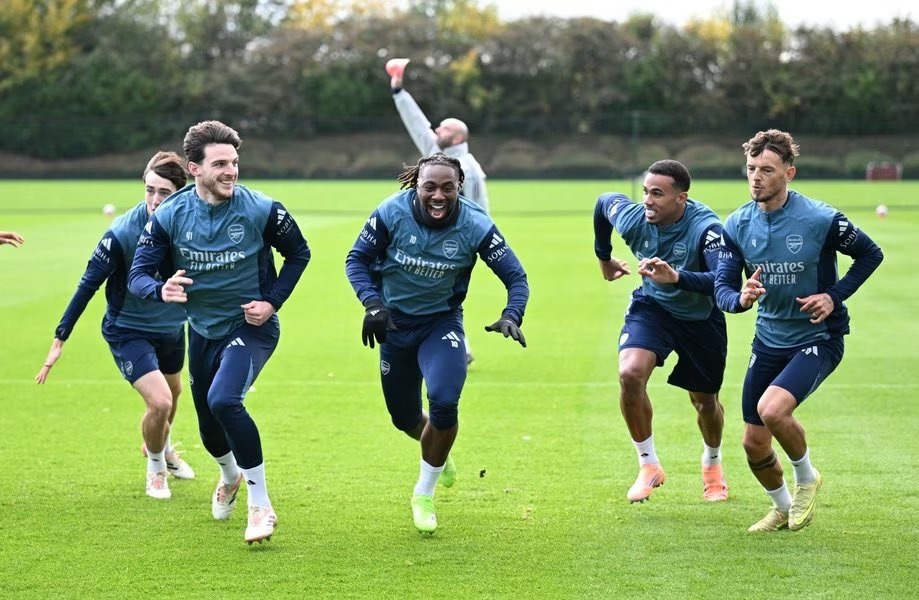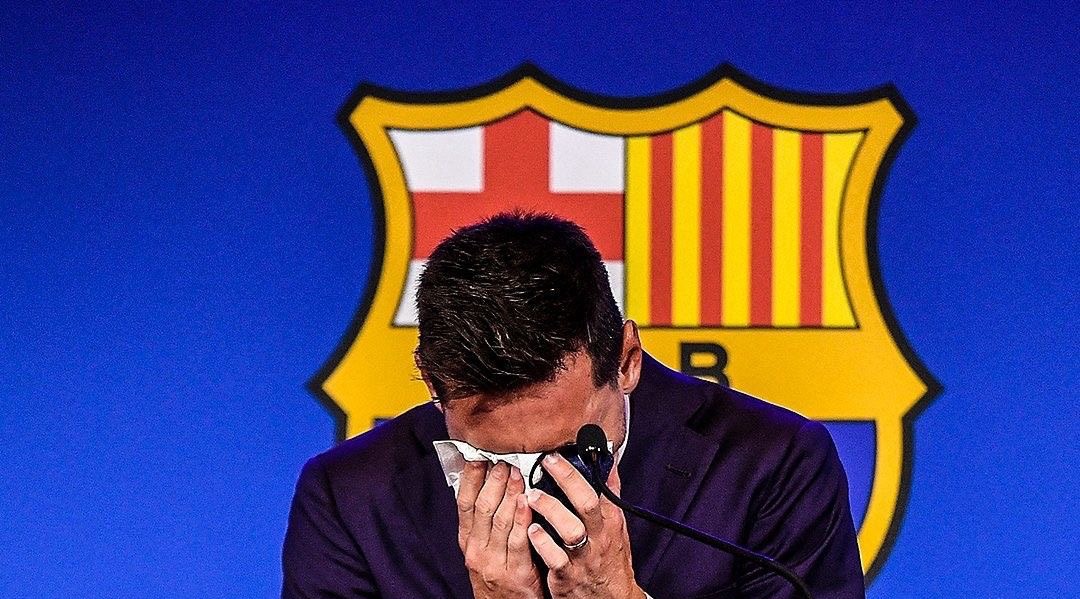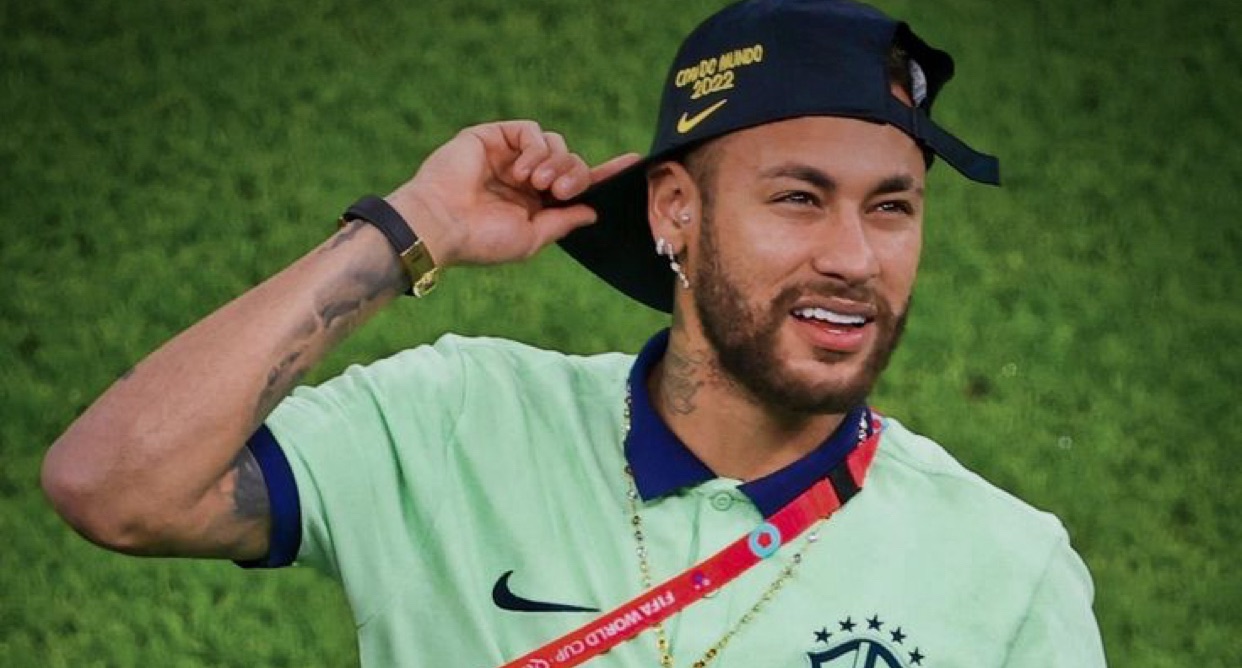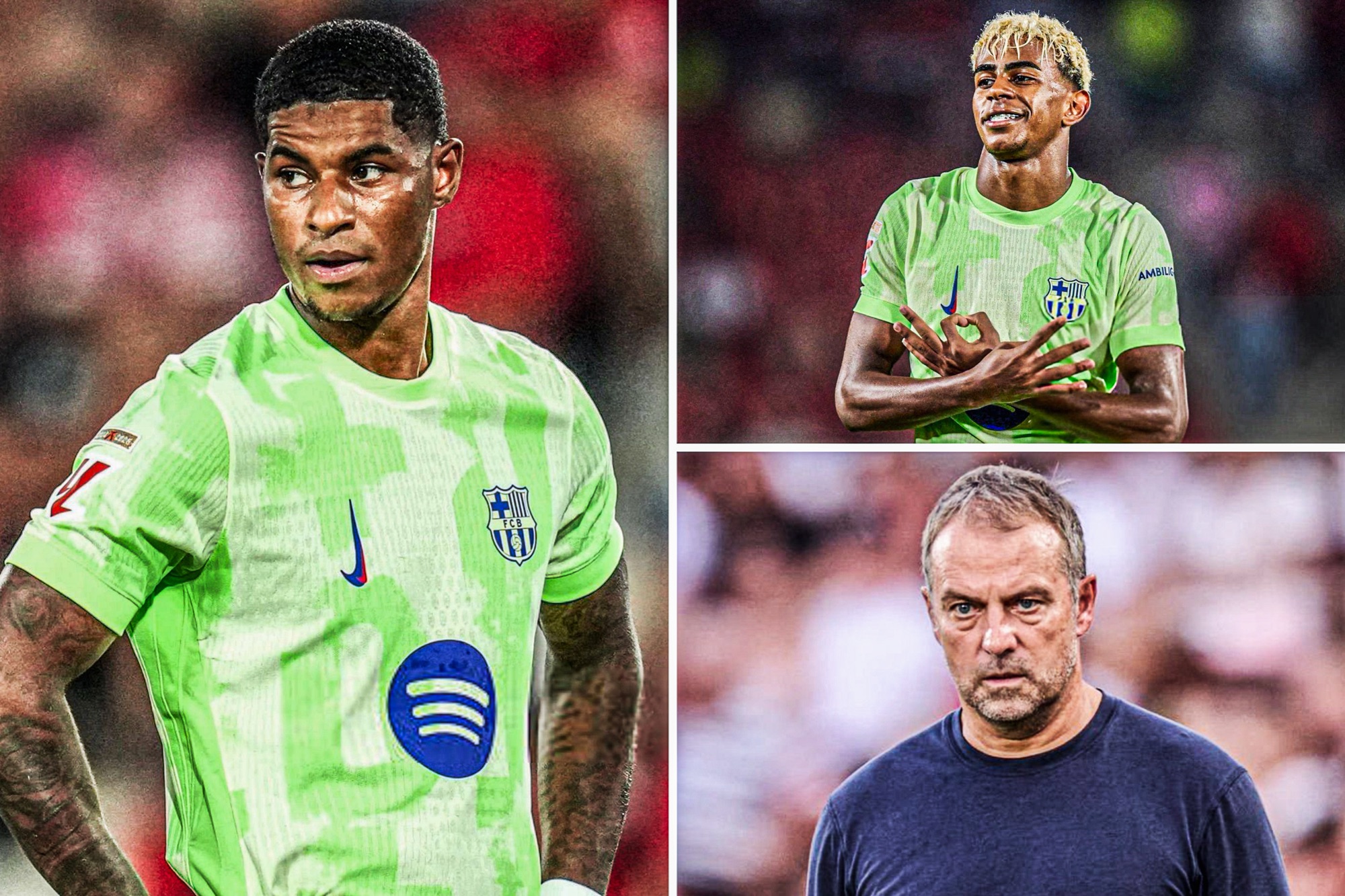Brazil and Arsenal defender Gabriel Magalhães has suffered a worrying setback after pulling up during a defensive transition run while on international duty. The centre-back immediately grabbed at his adductor/groin area, raising early concerns about the nature and severity of the injury.
Groin and adductor problems are common in football, but not all injuries are created equal. The specific location of the pain—especially in relation to the hip—often gives medical teams an early indication of how serious the issue may be.
Why This Injury Is Concerning
In sports science, injuries occurring closer to the hip joint (proximal region) are typically more concerning than those lower down the muscle. These proximal strains often involve more significant fibres and may take longer to heal.
Most groin strains in footballers fall into the mild category, with players usually returning in 1–3 weeks. However, Gabriel’s reaction and the fact that the discomfort appeared higher up the muscle suggests that this might not be a straightforward Grade 1 injury.
According to injury analysts, including Physio Scout, this raises the likelihood of a Grade 2+ adductor strain, which naturally extends recovery time and requires more careful management.
Understanding Adductor Injury Grades
Groin injuries are generally classified into three grades based on severity:
Grade 1 (Mild)
Small number of muscle fibres affected Players can often move with discomfort but no major loss of function Estimated recovery: 1–3 weeks (day-to-day)
Grade 2 (Moderate)
More extensive damage, partial muscle tear Noticeable pain, reduced strength, and limited sprinting or lateral movement Estimated recovery: 3–6 weeks
Grade 3 (Severe)
Complete muscle tear Severe pain, immediate stoppage, major functional loss Estimated recovery: 6–8+ weeks
At this stage, the exact grading of Gabriel’s injury remains unclear. Medical scans will be needed to determine the extent of the damage and confirm the expected timeline.
Ancelotti Confirms the Injury
Brazil coach Carlo Ancelotti has confirmed that Gabriel suffered an adductor injury and will undergo further assessment. The defender will be evaluated by medical staff to determine:
the severity, the swelling and bruising level, and whether there is structural damage that extends into the tendon or surrounding tissue.
This step is crucial because adductor injuries can vary widely. Some players return quickly, while others face a more complicated rehabilitation depending on the tear pattern.
What This Means for Arsenal
Gabriel has been one of Arsenal’s most consistent players over the past two seasons, forming a strong partnership at the heart of defence. Any extended absence would be a concern for Mikel Arteta, especially with the club entering a demanding period of fixtures across the Premier League and Europe.
If the injury falls into the Grade 2 category, Arsenal may need to navigate important matches without their key left-sided centre-back for up to six weeks.
A Grade 1 diagnosis, however, would be a far more favourable outcome, giving hope for a quick return after the international break.
Looking Ahead
For now, the situation remains open-ended. Adductor injuries can be unpredictable, and the exact recovery timeline will depend heavily on scan results and Gabriel’s early response to treatment.
But based on initial signs particularly the location of the discomfort medical experts are right to approach this with caution.
Arsenal and Brazil supporters will now wait anxiously for an official update, hoping the injury proves to be on the milder end of the scale.
